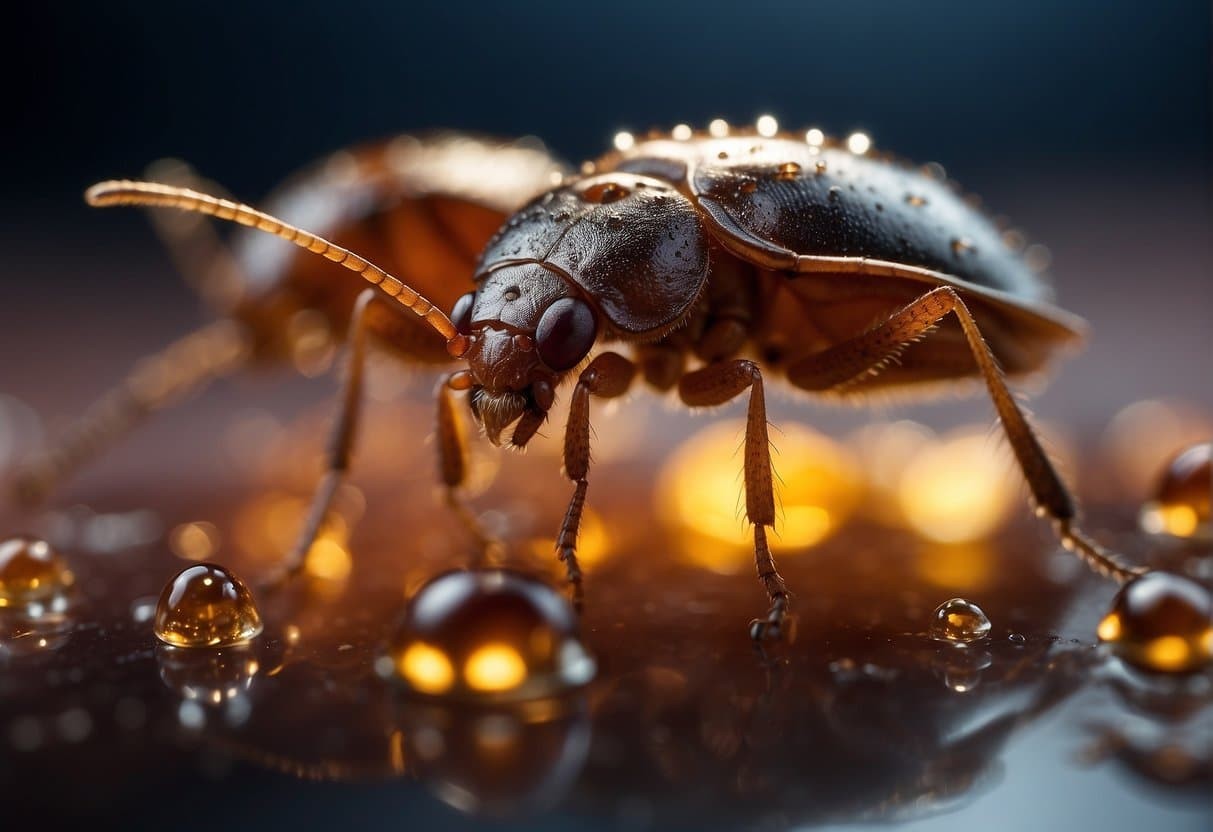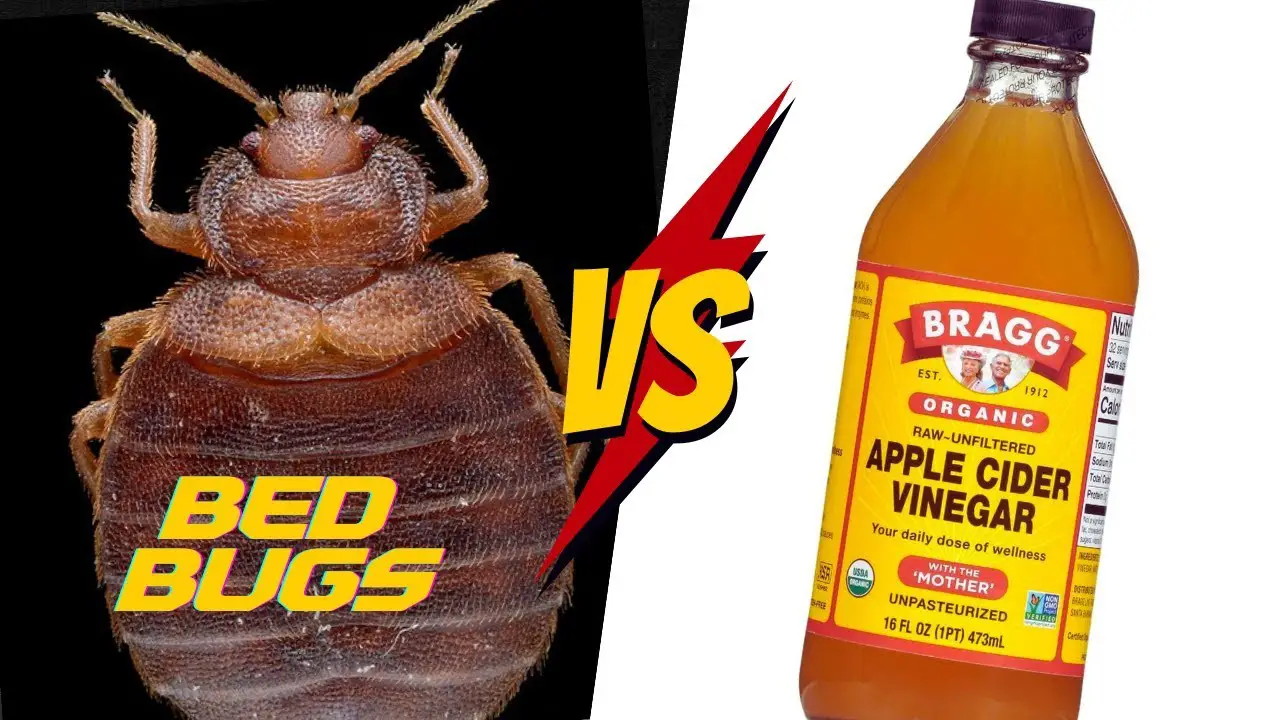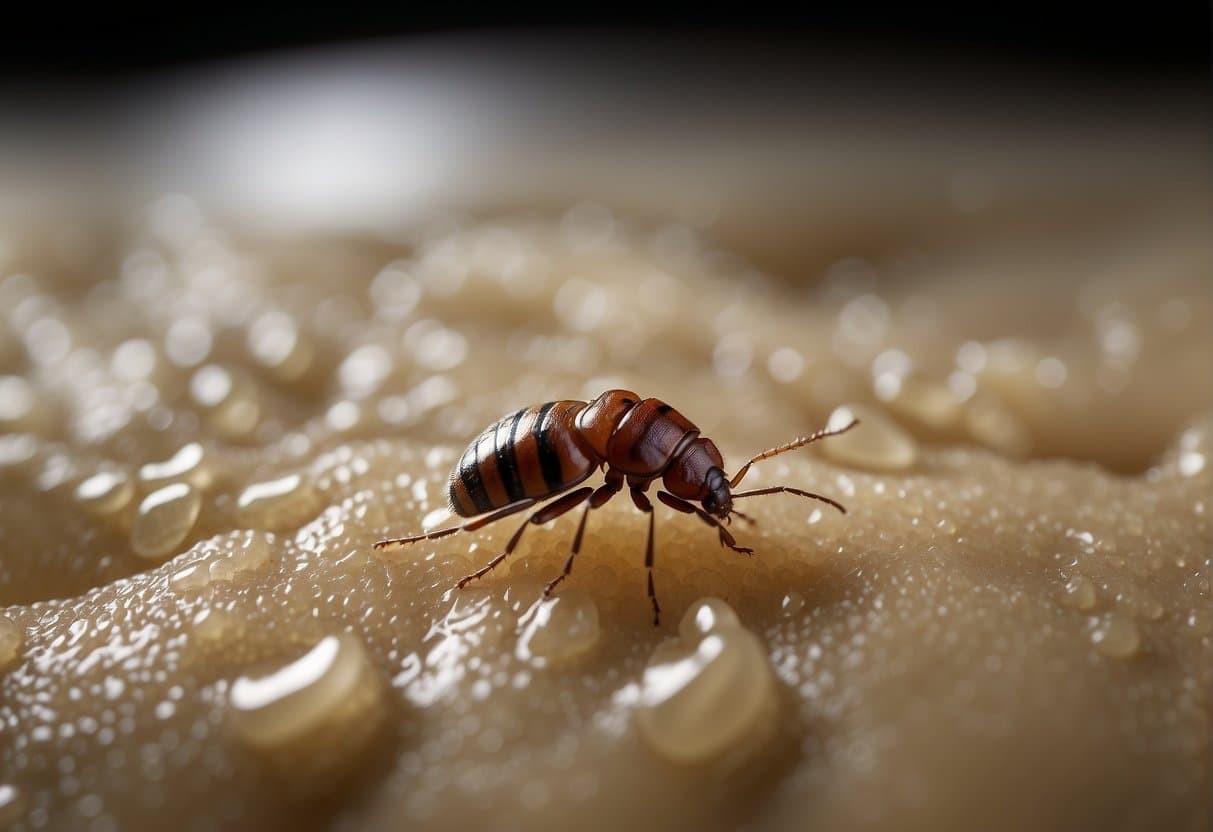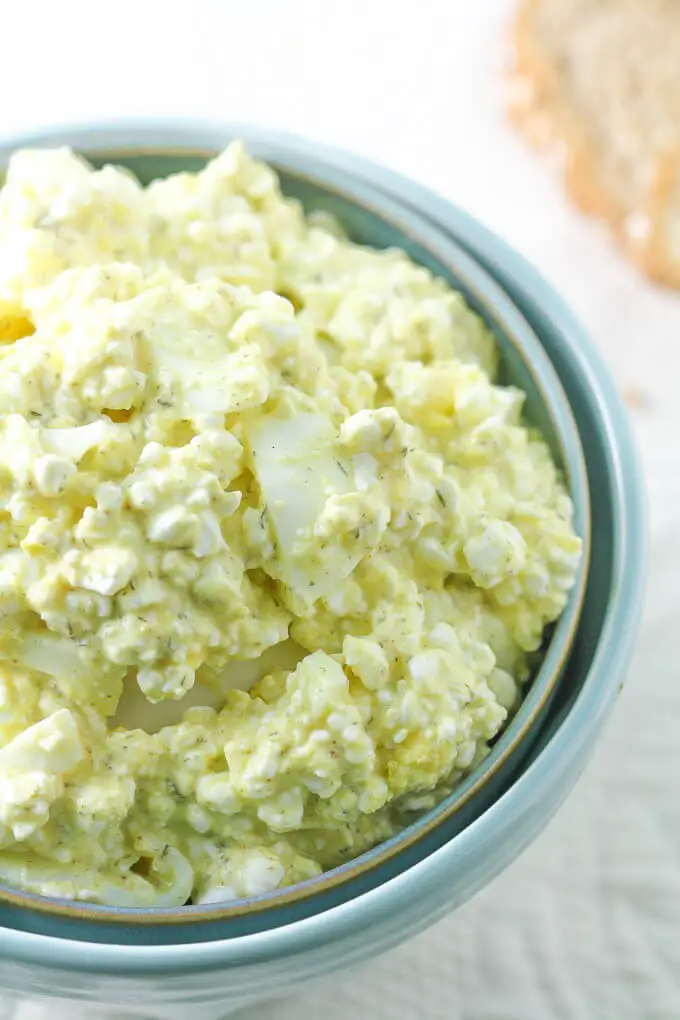Does Vinegar Kill Bed Bugs: Separating Facts From Myths
While it’s understandable to seek a DIY solution to rid your home of unwanted bed bugs, the effectiveness of vinegar in killing these pests is often overstated. White vinegar, with its acetic acid content, can indeed disrupt the nervous systems of individual bed bugs and kill them upon direct contact. However, relying solely on vinegar to combat a full-blown infestation is unlikely to provide lasting results.
Vinegar’s acidity can offer temporary relief by killing some bed bugs, but it should be viewed as a supplement to a larger pest management strategy rather than a standalone solution. To effectively eliminate bed bugs, a comprehensive approach that includes multiple techniques and methods is typically necessary.
Key Takeaways
The potent properties of vinegar lie in its acetic acid composition, which has the ability to swiftly eradicate bed bugs upon direct contact. However, relying solely on a vinegar solution is insufficient to completely eliminate an infestation. A comprehensive approach typically requires the integration of various methods for optimal results.
Understanding Bed Bugs

In the face of a bed bug infestation, having a solid grasp on these unwanted guests’ behavior and habits is essential for effectively combating them. Unbeknownst to many, bed bugs are notorious for exploiting vulnerabilities in our homes, often targeting areas that provide them with warmth, shelter, and sustenance. Understanding their preferences and common habitats can be a powerful tool in preventing the infestation from spreading or receding from control.
Nature of Bed Bugs
Bed bugs are notorious for their tenacity and ability to thrive in even the most inhospitable environments. These tiny, blood-feeding insects are most active at night, when they emerge from their hiding places to feast on human blood. Measuring roughly the size of an apple seed, bed bugs are reddish-brown in color and possess a remarkable capacity for survival, able to go without sustenance for several months if needed.
Their ability to multiply rapidly is also well-documented, with a single female capable of laying hundreds of eggs throughout her lifespan.
Common Infestation Areas
Bed bugs have a remarkable affinity for staying close to their primary source of sustenance – namely, human hosts. Their preferred habitats are typically found in proximity to this food source, including mattresses, where they often conceal themselves within seams, tags, or even the interior of box springs. Furniture such as chairs, couches, and other household items can also harbor these unwanted pests, particularly those with cracks or crevices that provide shelter.
Additionally, corners and baseboards – areas often shrouded in darkness and neglect – offer bed bugs a perfect refuge after feeding. In severe infestations, these pests may even venture beyond the confines of the bed, establishing themselves in nearby objects such as nightstands.
It’s essential to recognize that eliminating these unwanted guests demands meticulous attention to detail, as every small crevice can serve as a potential hiding place, making the task of tackling bed bug infestations all the more daunting.
The Role of Vinegar in Pest Control

Vinegar’s reputation as an effective pest control agent has sparked curiosity about its ability to outmaneuver traditional methods. While its potency is undeniable, the question remains: how does vinegar’s unique chemical makeup stack up against the most common pests and other tried-and-true treatments?
Composition and Properties of Vinegar
Vinegar is a liquid mixture primarily comprising two main components: acetic acid and water. The defining characteristic of vinegar’s flavor and aroma is the presence of acetic acid, which imparts a distinctively sour taste and potent smell. From a chemical perspective, vinegar exhibits a decidedly acidic pH level, typically ranging from 2.4 to 2.6, underscoring its pungent nature.
Acetic Acid and Its Effects on Insects
Acetic acid, particularly white vinegar, can be a formidable foe when it comes to insects, specifically bed bugs. The acid’s potency lies in its ability to disrupt the nervous systems of these pests, potentially killing them on contact. However, it’s essential to note that vinegar is not a standalone solution; rather, it may necessitate the collaboration with other treatment methods to effectively eliminate an infestation.
Effectiveness of Vinegar Against Bed Bugs

While vinegar has garnered attention as a potential natural remedy against bed bugs, it’s essential to consider the scope of its effectiveness. By directly disrupting the pests’ nervous systems, vinegar can indeed kill individual bed bugs on contact. Nevertheless, its limitations in eliminating a comprehensive infestation should be factored into any treatment strategy.
Direct Impact of Vinegar on Bed Bugs
Vinegar, a staple in many households, has been touted for its ability to control pests, particularly its acetic acid component. This potent acid has been shown to be fatal to bed bugs upon direct contact, causing damage to their nerve cells that can ultimately lead to their demise. However, the effectiveness of vinegar lies in making direct contact with bed bugs, as it lacks residual effects often found in professional pesticides.
Limitations of Using Vinegar
While using vinegar may seem like an attractive solution for bed bug infestations due to its non-toxic nature and accessibility, it’s essential to recognize that it’s not a standalone solution. In reality, vinegar must be used in conjunction with other methods to effectively manage the problem. One of the primary limitations is its inability to fully eradicate bed bugs or their eggs, making it crucial to combine vinegar with other approaches.
From a practical perspective, the pros of using vinegar include its safety for use around pets and children, as well as its affordability. However, there’s also a significant con: the solution can only kill bed bugs on direct contact, which means hidden bugs are likely to survive. This highlights the need for repeated applications to achieve any meaningful impact.
Unfortunately, even with repeated applications, complete eradication of bed bugs cannot be guaranteed.
Vinegar Application Techniques
Tackling bed bugs with vinegar requires meticulous preparation and application. The key to a successful outcome hinges on adhering to tried-and-true methods that maximize the solution’s potency. By following established protocols, you can significantly boost the efficacy of this treatment approach.
Preparation of Vinegar Solution for Treatment
To craft your vinegar solution, you’ll require white vinegar, with a higher acetic acid concentration generally yielding better results. A 50/50 blend of vinegar and water is often recommended for most applications. Simply pour this mixture into a spray bottle, taking care to thoroughly mix the contents. The dilution serves as a safeguard against potential damage to certain surfaces or fabrics, striking a balance between efficacy and safety.
To prepare your solution, gather the following materials:
White vinegar
Water
Spray bottle
Now, follow these straightforward steps:
Combine equal parts white vinegar and water in a container.
Stir the mixture well to ensure it’s thoroughly blended.
Transfer the solution to a spray bottle.
Applying Vinegar to Infested Areas
When it comes to applying the vinegar solution, you’ll want to approach it strategically. Directly spraying the solution onto bed bugs is effective, but be mindful of the surfaces you’re treating to avoid damage. Excessive soaking can lead to issues, so strike a balance. Pay close attention to crevices, mattress seams, and other areas where bed bugs like to hide. These are prime targets for treatment. Keep in mind that vinegar won’t prevent bed bugs from returning; it only kills them on contact.
To ensure effective application:Start by identifying infested areas: Look for signs of bed bug activity, such as the bugs themselves, eggs, blood spots, and fecal matter. Spray liberally: Coat these areas thoroughly with the vinegar solution, making sure to reach all the nooks and crannies where bed bugs might be hiding. Reapply as needed: Since vinegar doesn’t have a residual effect, you may need to reapply every few days or after spotting new signs of bed bug activity.
It’s also important to remember that vinegar can disrupt an insect’s nervous system but won’t kill bed bug eggs. Consistent application is key to managing an infestation. When using vinegar, consider combining it with other methods for a more comprehensive approach.
Additional Bed Bug Control Strategies

When it comes to combating bed bugs, two approaches have emerged as particularly effective alternatives to traditional vinegar-based methods. Heat treatments and chemical or natural pesticides have proven themselves to be powerful tools in the fight against these resilient insects. By grasping the fundamentals of implementing these strategies, you’ll gain a valuable arsenal to aid in your battle against these pesky pests.
Chemical and Natural Pesticide Options
In the realm of insecticides, you have access to a diverse range of chemical and natural pesticides that can aid in ridding your home of bed bugs. Chemical options like pyrethroids or neonicotinoids, carefully selected and applied by professionals, can be effective in clearing out infestations. On the other hand, natural substances such as diatomaceous earth and essential oils possess pest control properties, although they may not be as potent as professional-grade products.
When contemplating these alternatives, it’s crucial to acknowledge that no single approach is foolproof and thoroughness is key. Often, integrating these strategies with other bed bug eradication techniques yields the best results. If you’re unsure of which path to take, consulting a professional in external extermination can save you time and effort, ensuring your home becomes bed bug-free swiftly and safely.
Safety and Precautions
As you delve into the possibility of using vinegar as a bed bug solution, it’s crucial to comprehend the essential safety and precautionary measures. Although vinegar is non-toxic and environmentally friendly, its acetic acid composition warrants attention.
Handling Vinegar Safely
Vinegar’s safety profile is well-established, but its potent acidity demands caution. The pH level of vinegar typically falls within a narrow range of 2.4 to 3.4, indicating a significant degree of acidity. While not toxic, it can cause discomfort to skin, eyes, and respiratory systems upon exposure. To minimize risks, consider the following practical precautions:
Don protective gloves when handling vinegar to shield your skin from potential irritation.
Ensure proper ventilation by opening windows and deploying fans to dissipate the pungent aroma of vinegar, which can be overpowering for some.
Protecting the Home Environment
When considering using vinegar as a bed bug spray, it’s essential to consider the potential impacts on various surfaces due to its acidic nature. Furthermore, the lingering odor of vinegar may affect your home environment. To minimize these effects, start by testing for colorfastness by applying a small amount to an inconspicuous area to ensure it won’t discolor fabrics or surfaces. Additionally, circulating air through the space can help counteract the smell and promote quicker dissipation.
While vinegar’s non-toxic quality makes it a more environmentally friendly and family-friendly choice, its effectiveness against bed bugs shouldn’t be relied upon as a standalone solution. Instead, incorporate it into a comprehensive pest control plan for optimal results.
Integrating Vinegar with Other Pest Management Practices

Bed bug management often incorporates unconventional approaches, and incorporating vinegar into your strategy can be a valuable asset. To maximize its impact, let’s examine how combining vinegar with other methods can amplify its effectiveness.
Combining Vinegar with Essential Oils for Enhanced Efficacy
When it comes to tackling bed bugs, vinegar stands out as a surprisingly effective standalone remedy. However, when combined with the potent properties of essential oils like tea tree or lavender, its efficacy can be significantly enhanced. To create an amplified spray, simply mix equal parts of vinegar and water, then add a few drops of your preferred essential oil.
This homemade concoction not only kills bed bugs on contact but also deploys a lingering scent that can effectively deter future pests from infiltrating the area. For a recipe that packs a punch against these unwanted invaders, try combining 1/2 cup of white vinegar with 1/2 cup of water and 10-15 drops of your chosen essential oil (tea tree, lavender, or peppermint work well). To use this spray effectively, be sure to shake it well before each application.
Then, simply spray the solution directly onto infested areas or where bed bugs are likely to hide out.
Physical Pest Control Methods
While sprays can be an effective way to tackle bed bug infestations, physical methods such as vacuuming, steam cleaning, and heat treatment also play a crucial role in eliminating these unwanted pests. When it comes to vacuuming, pay close attention to crevices and hidden areas where bed bugs tend to congregate. This targeted approach can help ensure that you’re capturing even the most elusive bed bugs.
Steam cleaning, on the other hand, offers the ability to penetrate fabrics and other materials, killing bed bugs and their eggs instantly. Heat treatment, which involves raising the temperature of your space to a level lethal for bed bugs, can be used in conjunction with vinegar sprays to create a comprehensive pest management strategy.
To take your efforts to the next level, consider implementing an action plan that includes thorough vacuuming around bed frames, mattresses, and baseboards, as well as steam cleaning upholstered furniture like curtains and couches. If you’re dealing with hard-to-reach areas or a severe infestation, professional heat treatment may be necessary to effectively eliminate the bed bugs.
By combining these physical methods with vinegar-based sprays, you can create a persistent and thorough approach that will help you emerge victorious in your battle against bed bugs.
Professional Extermination Options

While some homeowners may initially turn to DIY solutions, such as using vinegar, to tackle a bed bug infestation, it’s often the case that these approaches fall short of effectively resolving the issue. In such situations, seeking the expertise and specialized equipment of professional extermination services becomes an essential next step.
Vinegar’s Role in Prevention and Maintenance

In the realm of bed bug prevention and maintenance, distilled white vinegar emerges as a valuable ally. By leveraging its potent properties, one can effectively deter these unwanted guests from settling in. This is achieved by cultivating an environment that is distinctly uninviting to the pests, thereby reducing the likelihood of infestation. A crucial aspect of this approach lies in developing routine cleaning habits that prevent the bugs from establishing a foothold.
Routine Cleaning with Vinegar
When it comes to maintaining a bed bug-free home, incorporating vinegar into your daily cleaning routine is an effective strategy. One way to do this is by using a solution made from equal parts water and distilled white vinegar to regularly wipe down hard surfaces such as tables, dressers, nightstands, and other furniture that bed bugs are prone to cling to.
The acetic acid in the vinegar serves as a natural cleaning agent, capable of disrupting the pheromone trails and scent markers that bed bugs use to navigate their environment. By incorporating this simple step into your cleaning regimen, you can help deter these unwanted pests from taking up residence in your home.
Creating a Hostile Environment for Bed Bugs
When it comes to deterring bed bugs from taking up residence in your living space, incorporating vinegar into your cleaning regimen can be a highly effective tactic. By focusing on high-concentration solutions and targeting key areas where bed bugs tend to congregate, you can create an environment that’s less hospitable to these unwanted pests.
For instance, spraying vinegar-based solutions along the seams of mattresses and carpets edges can make these areas less appealing to bed bugs looking for a place to call home.
To incorporate vinegar into your maintenance routine, start by preparing a potent cleaning mix using equal parts water and vinegar. From there, target typical bed bug hotspots with this solution, repeating the process periodically to maintain a bed bug-resistant environment.
While vinegar can be a valuable tool in preventing bed bugs, it’s essential to remember that it should form just one part of a comprehensive pest control strategy.
Alternatives to Vinegar

While relying solely on vinegar to combat bed bugs might be a familiar approach, it’s essential to consider alternative solutions that may better address your specific needs. By exploring different avenues, you’ll gain insight into more effective and suitable methods for tackling this pesky problem.
Chemical Insecticides and Their Drawbacks
While chemical insecticides are effective against a range of pests, including bed bugs, they also come with significant drawbacks. One major concern is the development of resistance by bed bugs, rendering these chemicals ineffective over time. Additionally, if not used in accordance with safety guidelines, chemical insecticides can pose health risks to humans and pets.
The use of synthetic pyrethroids, such as pyrethrin and permethrin, which mimic natural insecticidal compounds found in chrysanthemum flowers, is a notable example. However, even these synthetic versions have been shown to be subject to resistance issues, highlighting the need for a more comprehensive approach to managing bed bug populations.
Natural and Safe Household Items
When seeking eco-friendly solutions that are also pet- and family-safe, several household items can be leveraged to tackle bed bug infestations.
Natural alternatives include rubbing alcohol, which dries out the pests upon contact through its desiccant properties, baking soda believed to absorb moisture from their bodies leading to dehydration, borax, which functions similarly to baking soda and is commonly found in laundry and cleaning products, and salt, often used in combination with other substances like baking soda to enhance efficacy.
These items are generally safe for use around humans and pets, although their effectiveness may vary and frequent reapplication might be necessary. As such, it’s crucial to test these substances on a small area first to prevent unintended damage to fabrics or materials.
Frequently Asked Questions

As we strive to banish bed bugs from our living spaces, many individuals rely on a wide range of products and DIY concoctions. In this context, it’s essential to address the key concerns surrounding their eradication.
What substances can instantaneously eliminate bed bugs?
While there’s no silver bullet to instantly wipe out bed bugs, a thorough strategy is needed to effectively eliminate them. Although professional pesticides and heat treatments can yield quick results, a single treatment rarely suffices. Instead, multiple applications may be required to achieve a complete eradication of the infestation.
How effective is diatomaceous earth against bed bug infestations?
Diatomaceous earth has earned its reputation as a versatile tool for managing various pests, including bed bugs. By applying this natural substance around areas where infestations are occurring, it’s possible to disrupt the insects’ exoskeletons, ultimately leading to dehydration and mortality over time. While diatomaceous earth may not provide an immediate solution, it can serve as a valuable component of a comprehensive integrated pest management approach.
Can peppermint oil serve as an effective treatment for bed bugs?
Peppermint oil’s potent aroma has led to its reputation as an effective insect repellent. While it may momentarily ward off bed bugs, the reality is that it doesn’t provide a lethal solution and shouldn’t be relied upon as the sole means of controlling infestations. As such, relying solely on peppermint oil is not a viable or reliable strategy for managing bed bug issues.
What homemade solutions are available for exterminating bed bugs?
When it comes to tackling bed bug infestations without relying on commercial solutions, a combination of homemade treatments can be an effective approach. Vinegar sprays, in particular, have been shown to kill bed bugs instantly, leaving egg-laying females unaffected. To maximize the impact of these DIY methods, it’s crucial to employ them with consistency and caution. Another important aspect is regular vacuuming, which helps eliminate both live pests and eggs from your home.
Is there a natural method for eradicating bed bugs completely?
While a complete elimination of bed bugs using solely natural methods can be arduous, combining various approaches such as heat treatment, diatomaceous earth, and rigorous cleaning can lead to a gradual reduction in infestation levels. Moreover, regular inspections and treatments are crucial for maintaining control over the population’s growth.
What are the best practices for using vinegar to target bed bug eggs?
While vinegar can be an effective tool for targeting bed bug eggs, it’s essential to apply it directly to the eggs themselves. However, its effectiveness is somewhat limited, as it may only disrupt eggs on the surface and won’t penetrate deeper into materials where bed bugs often lay them. To successfully manage bed bug populations, consistent application of vinegar along with other control measures is crucial.






